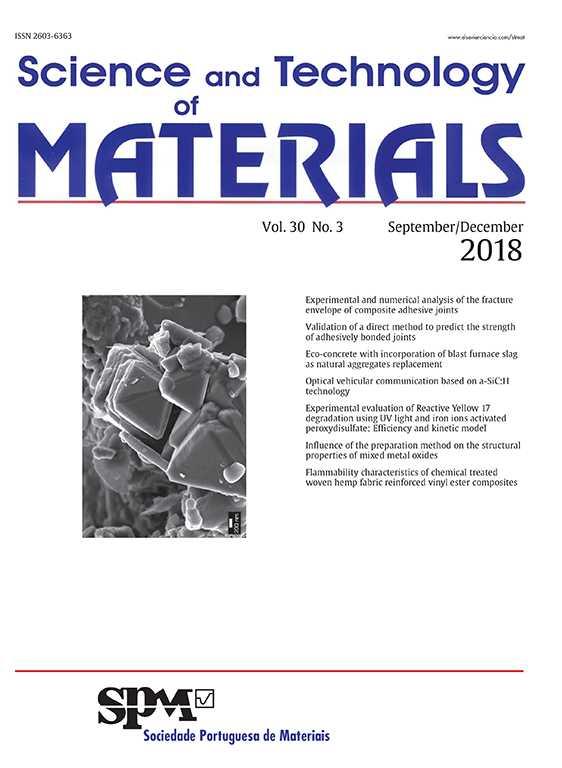Deteriorations generated in service can cause catastrophic failure at the specific properties of the polymer composite materials. In view of this, scientists have drawn inspirations by natural biological systems and their unique ability to heal an external wound, to develop a similar repair system within a material. Carbon and glass fiber reinforced polymers were manufactured following the wet lay up or the prepreg process. Microcapsules at contents, 5% or 10% by weight, vascular networks from wax and steel wires and finally reversible polymers were implemented within a composite as a potential self-healing system. Inspection techniques, including Ultrasonic C-Scan and Infrared Thermography, were applied, where possible. Optical microscopy revealed the disruption of the composite structural integrity, regarding the observed ply waviness and the resin reach zones around the vascular structures. Three point bending experiments determined the knock down factor, expressed as a decrease on flexural strength and modulus values, for each case, compared to the reference material. The reduction ranged from 12%-64% depending mainly not only to the selected manufacturing method but also to the different implemented healing system.
SRJ is a prestige metric based on the idea that not all citations are the same. SJR uses a similar algorithm as the Google page rank; it provides a quantitative and qualitative measure of the journal's impact.
See moreSNIP measures contextual citation impact by wighting citations based on the total number of citations in a subject field.
See more




